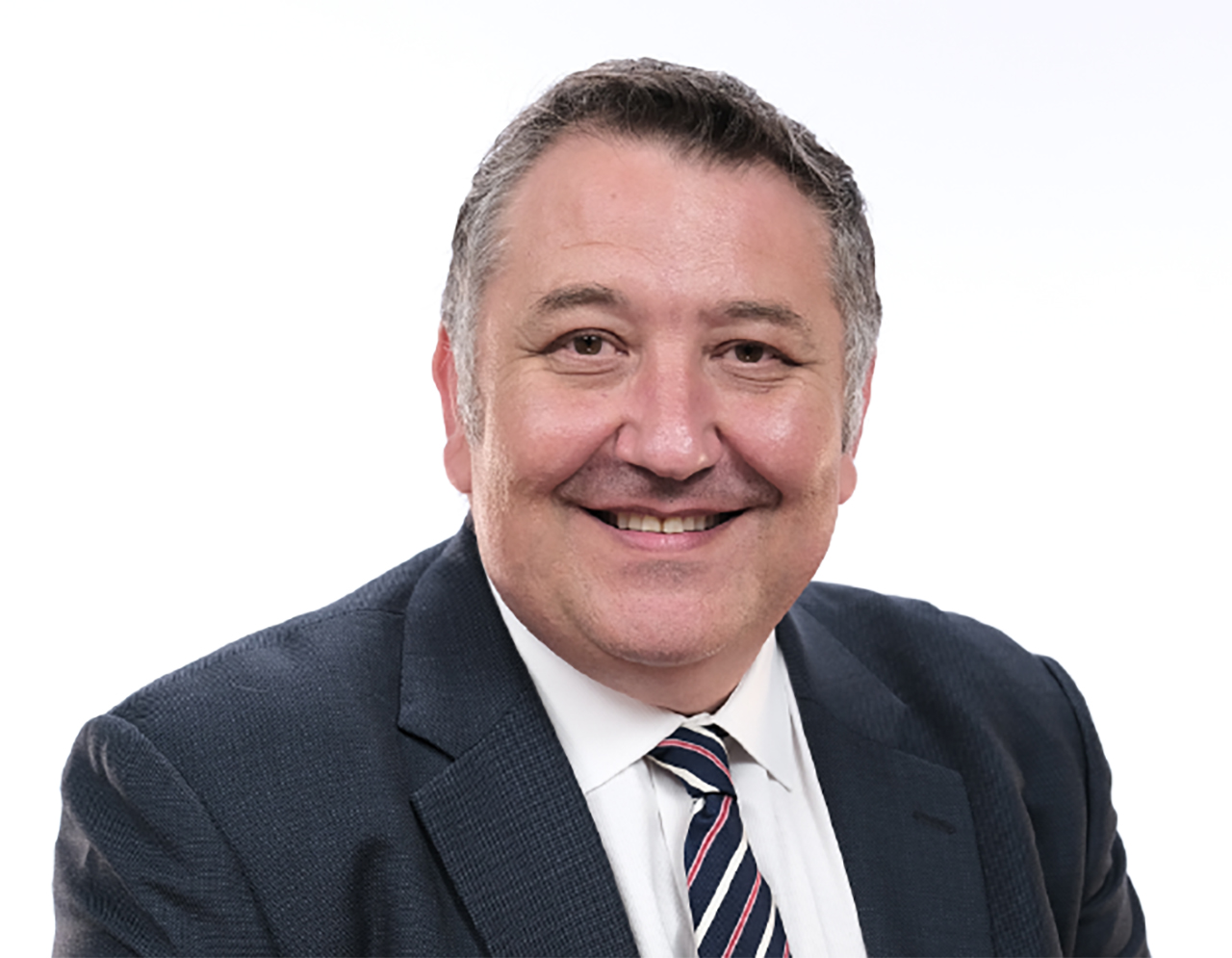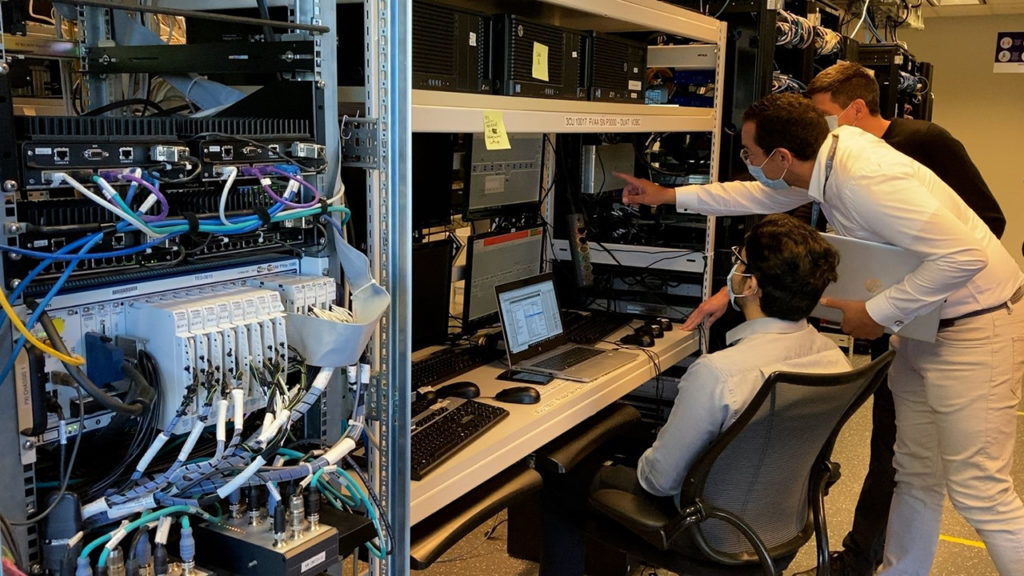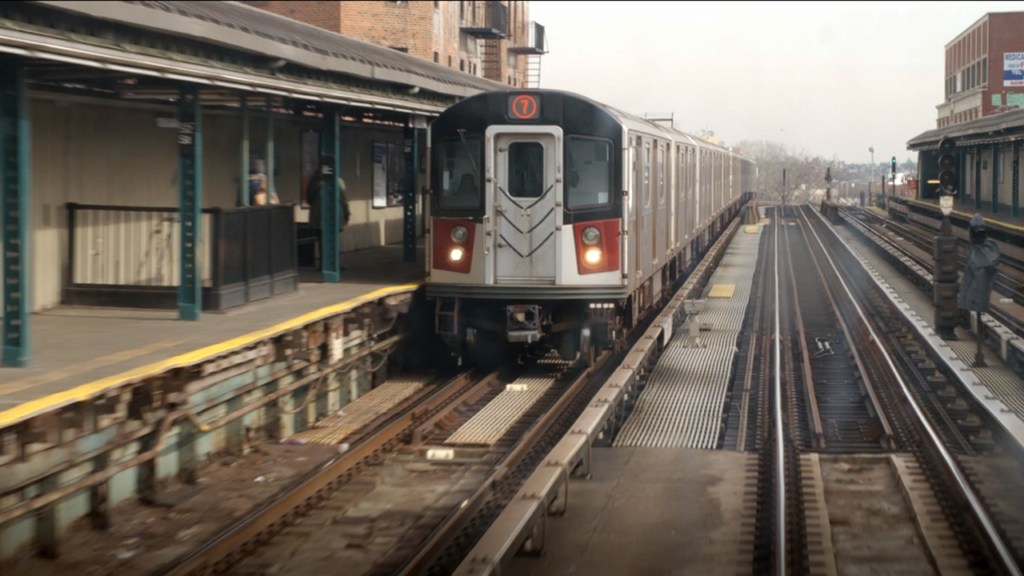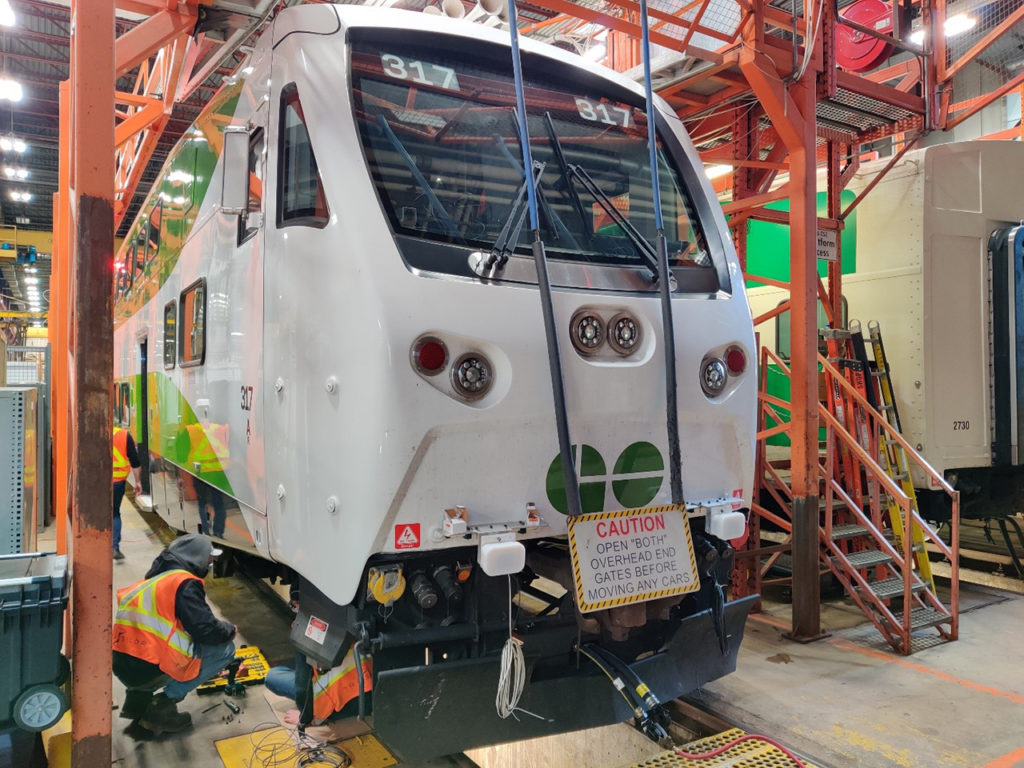
Executive Profile: Alcino De Sousa, Thales Urban Rail Signalling
Written by William C. Vantuono, Editor-in-Chief
Alcino de Sousa
Alcino De Sousa is Vice President and Managing Director of the Urban Rail Signalling Business, part of the Thales Transport activity. Based at the company’s Global Competence Centre for Urban Rail Signalling in Toronto, De Sousa was appointed to this role in March 2021, after having served in various roles since 2018, including Vice President of Bids & Projects and General Manager for Canada and the United States.
De Sousa has been with Thales Group for more than 30 years and previously served as Managing Director of Thales in Brazil. Originally from France, he has extensive experience in managing large-scale, complex technology projects.
With a master’s degree in AI (artificial intelligence) engineering, De Sousa was Director of Defense Projects in France and Canada, all for Thales Group. For this executive profile, he spoke with Railway Age Editor-in-Chief William C. Vantuono.
RAILWAY AGE: You have quite a background. What brought you to where you are now?
ALCINO DE SOUSA: Thirty years ago, I joined Thales as a young artificial intelligence software engineer. I started in the research and technology labs we have in France, working in natural language processing. Then I moved to be a software team leader, and then, I managed several programs in the command and control program sectors. I was posted here in Canada in 1998 as director of a project, part of the digitalization program of the Canadian Land Forces. I went back to France in 2001. In 2010, I joined Thales Mexico in Mexico City, where I was program director for the Ciudad Segura project, the largest urban security project in the world. We installed more than 15,000 smart cameras in the city. We deployed five command and control centers and one central C5 (command, control, communication and citizen contact center) and two mobile command centers. Thanks to this technology, the city of Mexico reduced critical crimes by more than 50%. Our team was awarded a Striving For Excellence award in 2015 by the International Program Management Association (IPMA) in the Mega Sized Project category. After that, I went to Brazil as Country Director, representing the Thales product portfolio, from Space to Underwater.
My career has taken me across the globe in security, safety, communications and control, working with various technologies, internationally and multiculturally. I’m very happy to be here in Toronto with my family and lead a business with people from more than 40 national origins.

RA: You’ve been leading the Urban Rail Signalling business for a year. What are some of the highlights from the past year? Has anything surprised or impressed you?
DE SOUSA: The positive impact our signalling technology has on passengers’ lives every day from everywhere in the world clearly impresses me, an ongoing highlight and something I reflect on frequently. The diversity of our workforce worldwide, in particular in Toronto—strong diversity in national origin, but also in gender, with 25% female employees, which is something that is very important for us. We want to continue to grow in this area, making sure that women are given strong responsibilities in the company such as program management, design, software development and safety. And maybe more than anything, the passion of all these engineers here working every day on railway signaling technology. We are one of the only signalling companies with a major engineering centre in North America, with more than 800 engineers at our Global Competence Centre in Toronto; we have 10,000-plus years of signaling/resignalling expertise in house.

RA: Was that an eye opener for you when you came into the rail space, seeing how advanced it is, the interest there and the growth and importance of rail?
DE SOUSA: It was. I knew that there are very advanced technologies in this industry, but I was not fully aware until I came here. When we speak about autonomous trains, it’s all really impressive. It’s very interesting to see our engineers making sure that safety is first, but also improving the technology with digital tools, autonomy, etc.

RA: How would you describe Urban Rail Signalling’s presence in North America?
DE SOUSA: In North America, we have 1,200 employees, in Toronto mostly, but also 100 people in Vancouver, several in New York, and in San Francisco, Ottawa and Montreal. We have several ongoing projects. In New York, the Line 7 Flushing CBTC technology with very good operational results. We’re also working in Montreal and Toronto doing some interlocking modernizations. But we really have projects all over the world—more than 100 metro lines that are equipped with our technology in more than 40 major cities in more than 15 countries. Three billion passengers can ride annually on the 3,500 trains from 14 different rolling stock manufacturers. We have projects in London, Paris, Hong Kong, Doha, Singapore, Dubai, Santiago, India, South Korea, Malaysia, to name a few. With all of them, we are close to our customers with signaling experts able to interact directly with them. It’s very important to have a strong local presence, with a strong bridge between our customers and the Competence Centre here in Toronto.
RA: You’ve worked almost your entire career in autonomous technologies and artificial intelligence.
DE SOUSA: It is a big area of interest, understanding the cutting edge technologies and how they will improve lives is fascinating to me. We are conducting pilot programs around the world, for example, in New York with NYCT and Toronto with GO Transit /Metrolinx, where we use cameras and sensors for train positioning. They are similar to the ones used in autonomous cars, and we adapt them for train control. With autonomy, we want to go a step further and enable the train to “think” for itself—improving safety and allowing for a quicker recovery time in case of any problem, for example, when the train needs to drive itself to the next station. Improving safety and efficiency, productivity, that’s the key.

RA: And of course, sustainability.
DE SOUSA: Our CBTC technology is environmentally sustainable. This is a key topic as more and more cities around the world look to reduce their carbon footprint and invest in improving mass transit. Green technologies, such as the one we have, will be more in demand. At Thales, we really want to take metro automation to the next level. I strongly believe that autonomous metro will be here before autonomous cars, because rail is a controlled environment and it will thus be easier to make it happen.
RA: How would you summarize your first year leading Thales’ Urban Rail Signalling business?
DE SOUSA: Overall, we are proud of our technology and signaling expertise worldwide, delivering sustainable, innovative solutions for passengers, working with our transport operator partners. We’re passionate about our technology, our people, and our future.



